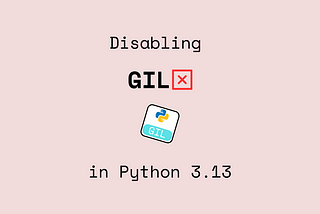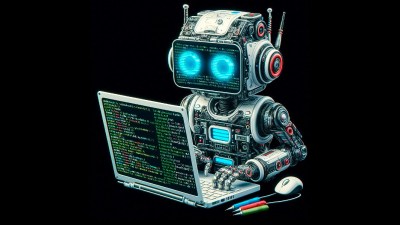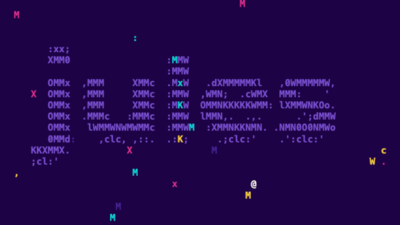
After decades of discussion, debate, and multiple failed attempts, Python is finally on the path to removing one of its most controversial features: the Global Interpreter Lock (GIL). With Python 3.13 introducing an experimental no-GIL build through PEP 703, we're witnessing what could be the most significant architectural change in Python's history.
Understanding the GIL's Historical Context
The Global Interpreter Lock has been Python's approach to thread safety since the language's early days. While it simplified memory management and prevented race conditions, it came at a significant cost: true parallelism was impossible for CPU-bound tasks. This limitation forced developers to rely on multiprocessing for parallel computation, introducing overhead and complexity.
The journey to remove the GIL isn't new. Historical attempts include Greg Stein's patches from 1996, Larry Hastings' "Gilectomy" project, and various alternative implementations like Stackless Python and PyPy's Software Transactional Memory (STM). Each attempt taught valuable lessons that have informed the current approach.
The Current State: Experimental but Promising
Python 3.13's experimental no-GIL build represents a carefully planned transition strategy. Unlike previous attempts that aimed for complete removal, this approach focuses on gradual migration with backward compatibility.
Early testing shows promising results. Developers report successful parallel execution of threaded loops and significant performance improvements for embarrassingly parallel workloads. However, the technology remains experimental and unsuitable for production use.
Technical Implications and Challenges
Removing the GIL introduces several technical challenges:
Memory Management Complexity
Without the GIL's coarse-grained locking, Python must implement fine-grained synchronization mechanisms. This requires careful handling of reference counting and garbage collection in multi-threaded environments.
Ecosystem Compatibility
The entire Python ecosystem—from core libraries to third-party packages—must be evaluated for thread safety. Many existing libraries assume the GIL's protection and may require updates.
Performance Considerations
While multi-threaded performance should improve dramatically, single-threaded performance must not regress. This balance is crucial for maintaining Python's appeal across different use cases.
Practical Impact for Developers
The removal of the GIL will fundamentally change how Python developers approach concurrent programming:
# Current approach with multiprocessing
from multiprocessing import Pool
def cpu_intensive_task(data):
# Heavy computation
return result
with Pool() as pool:
results = pool.map(cpu_intensive_task, data_list)
# Future approach with true threading
from threading import Thread
from queue import Queue
def worker(queue, results):
while True:
data = queue.get()
if data is None:
break
result = cpu_intensive_task(data)
results.append(result)
queue.task_done()
# Simpler, more efficient parallel processing
Timeline and Adoption Strategy
Experts estimate a 3-5 year timeline for complete GIL removal, assuming current development pace continues. The Python steering committee has established objective criteria including:
- Maintaining single-threaded performance
- Ensuring ecosystem readiness
- Providing clear migration paths
- Demonstrating stability under production workloads
Industry Implications
This change positions Python more competitively against languages like Go, Rust, and Java for concurrent programming. Applications that previously required multiprocessing or alternative languages for CPU-intensive parallel tasks may find Python a more attractive option.
Data science, machine learning, and high-performance computing communities stand to benefit significantly. The reduced overhead compared to multiprocessing could make Python more suitable for real-time applications and embedded systems.
Looking Forward: A New Chapter for Python
The GIL's removal represents more than a technical improvement—it's a philosophical shift toward embracing true concurrency while maintaining Python's accessibility and simplicity. However, this transition requires careful management to avoid fragmenting the ecosystem or introducing subtle bugs that could undermine Python's reputation for reliability.
Developers should begin preparing by understanding concurrent programming patterns, reviewing existing code for thread safety assumptions, and staying informed about ecosystem updates. While production adoption may be years away, the foundation for Python's concurrent future is being laid today.
The question isn't whether the GIL will disappear, but how smoothly the Python community can navigate this historic transition. Success will require collaboration between core developers, library maintainers, and the broader community to ensure that Python's next chapter builds on its strengths while finally addressing one of its most persistent limitations.




